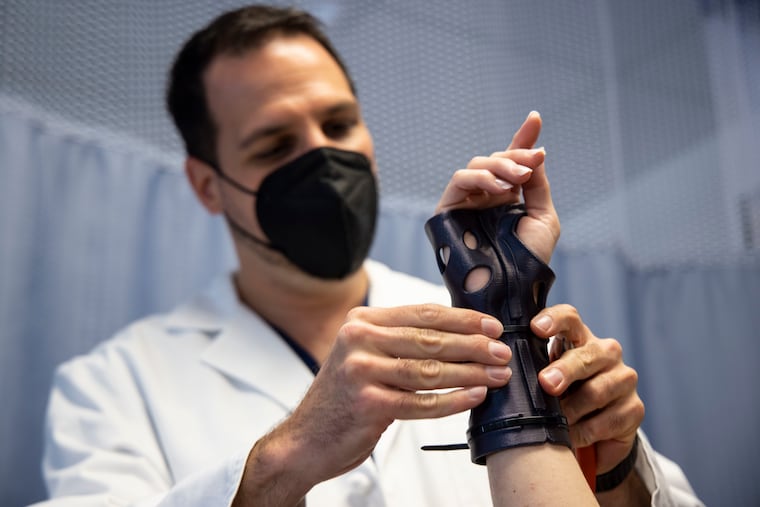Custom 3D printed casts offer a telemedicine solution for some orthopedic injuries
Through a telemedicine visit with a doctor, a patient could take pictures of their injured body part, upload them to an app or website, and have a custom splint or cast made and mailed to their home.
